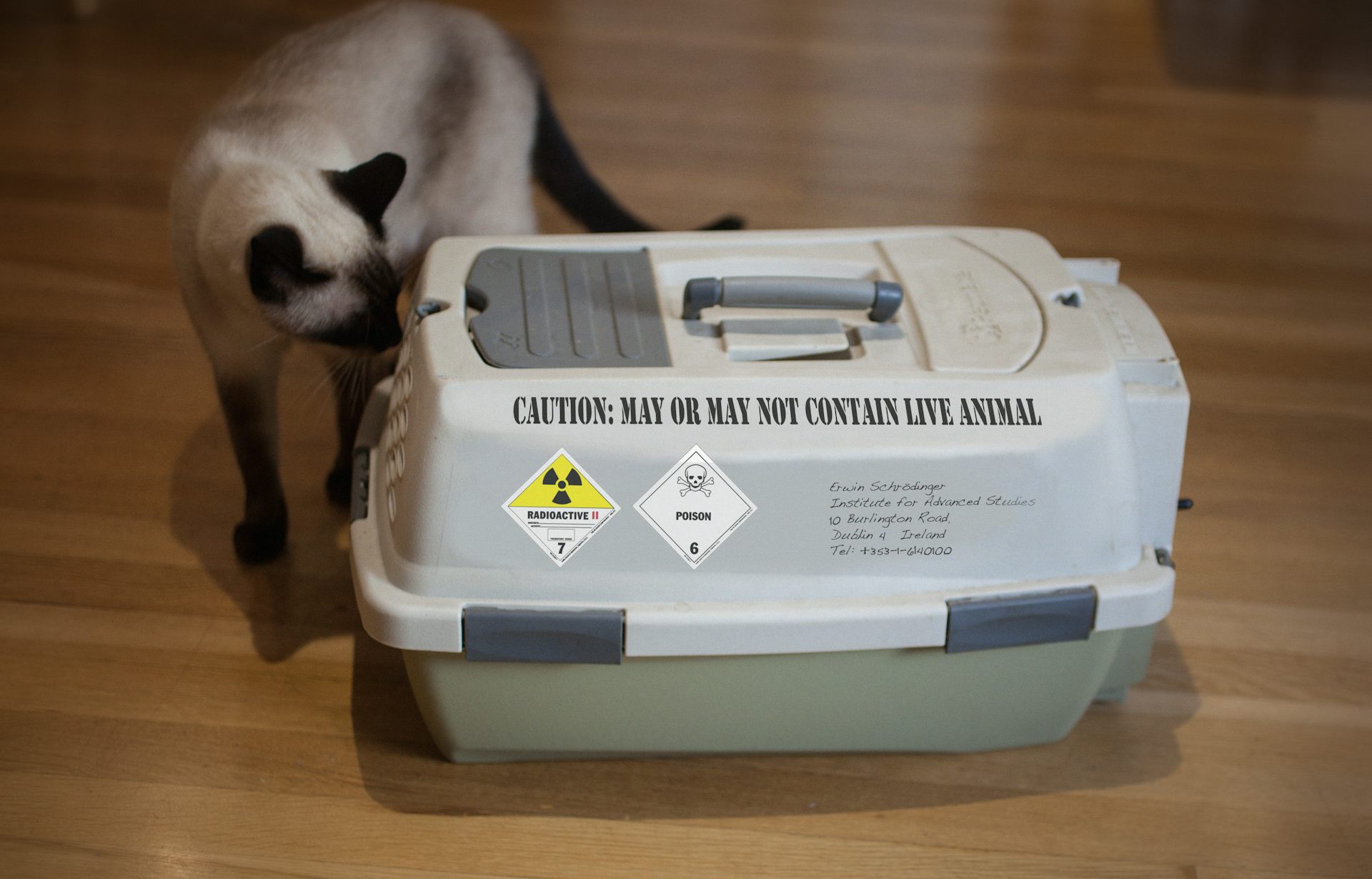

In material science, understanding the properties of materials, you can do calculations with Schrödinger’s equation and many people do that. So it’s become in the modern world an extremely powerful theory: it’s the theory that underlies the whole of chemistry, molecular biology. That means Schrödinger’s equation can be applied to more and more complicated systems and atoms, now to even to solid materials and also to problems of biological importance: you can do calculations with Schrödinger’s equation, for example, on proteins, on enzymes, on DNA and so on. But where the big change came with Schrödinger’s equation was when computers came along: it was then possible to use computers to solve his equation and do that really accurately as time has gone on more and more. So it didn’t really change science so much in the very early days. Even for the helium atom, it involved quite a lot of difficult integration and differentiation and so on. The problem is that his equation was quite complicated mathematically and very difficult to solve for anything more complicated than the hydrogen atom. So it was a very powerful theory that came out of Schrödinger’s great work in 1926 for all atoms and molecules. If you solve this equation very accurately, you get essentially the right answer. That means it had remarkable applications to nearly everything you can see, depends on atoms and molecules, and Schrödinger’s equation can be used to calculate all their properties. But why the equation became so significant is that suddenly many scientists around the world realized that not only did it work for the hydrogen atom: it worked for all atoms and all molecules in principle. In fact, there are two Schrödinger’s equations: what’s called ‘the time-independent equation’ and ‘the time-dependent equation’. And then Schrödinger realized his equation could also be adapted not just for simple processes, but for processes that depend on time. Then Schrödinger in the same year realized that he could apply his equation not just to the electronic energy levels of the hydrogen atom but to other problems, like the vibration of a harmonic oscillator, like to the rotation of a diatomic molecule: the same equation could be applied and gave the results that agreed with experiment for those sorts of problems.
Who is schrodinger how to#
Not even his collaborators or the people who were competing with him, like Heisenberg, knew how to do that and Schrödinger did it with his equation. What Schrödinger did is he came up with a general equation that worked for the hydrogen atom and worked for predicting not just the energy levels of the hydrogen atom but also the intensities of the spectral lines: whether the lines in the spectrum are intense or not, he could predict that intensity. But Bohr’s theory didn’t work very well at all for other atoms or even for molecules: it didn’t seem to be a general one. Up to that time, the theory for explaining the energy of electrons in atoms had really been due to the famous physicist Niels Bohr who’d come up with a theory for explaining the spectrum of the hydrogen atom, the electronic spectrum of the hydrogen atom and fitting the energy levels with his own formula.

What did Schrödinger win the Nobel Prize for? Well, it was for a paper he wrote in 1926 when he introduced his famous Schrödinger equation. So he was heard he’d won the Nobel Prize in this room and the next day in The Times and The Telegraph newspapers it stated that Schrödinger of Oxford University had won the Nobel Prize even though he’d actually been employed before at the University of Berlin. The Times of London said that Schrödinger had just been awarded the Nobel Prize. After the ceremony in this room the phone rang and it was from The Times of London.

Schrödinger had been in a Solvay Conference in Brussels he came here and was admitted on that day as a fellow of Magdalen College using Latin phrases that we use to the present day. In November the 9th 1933 the great Austrian physicist Erwin Schrödinger came to this room, this office where I work, the office of the president of Magdalen College.


 0 kommentar(er)
0 kommentar(er)
